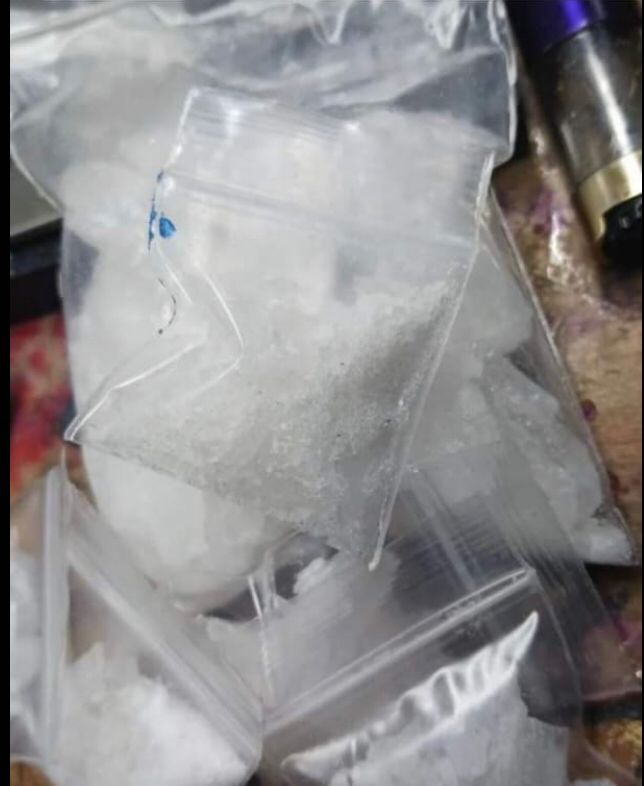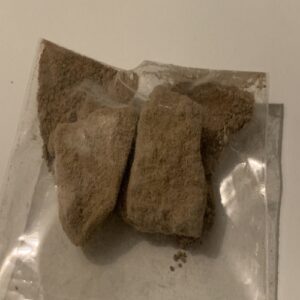MWhat is Crystal P2P Meth in the USA?
The use of Crystal P2P Meth has increased due to a new recipe, following restrictions on ephedrine that made the old methamphetamine recipe unviable in the USA. The reformulated drug is now more prevalent and more dangerous than before. From the late 2000s, Phenyl-2-propanone (P2P) meth has been on the rise, and now Crystal P2P Meth is readily available at a much cheaper price than older types of meth. P2P meth may lead to a sharper decline in mental health, potentially causing psychosis, and has contributed to a rise in overdose deaths. Some people now believe that P2P meth is responsible, at least in part, for the sharp rise in homelessness.
Why P2P Meth Is Manufactured in the USA?
Due to the successful efforts of the USA and Mexico in restricting the supply of a key ingredient used in the production of ephedrine meth, a new variation known as Crystal P2P meth has emerged. This disruption has significantly reduced the trafficking of the old version of meth. Consequently, Mexican manufacturers, faced with difficulties in obtaining ephedrine, have resorted to an alternative formula for producing the drug.
The use of cold medicines and ephedrine to produce methamphetamine is restricted.
Cheaper To Produce Than Meth
The Crystal P2P Meth production method originated in USA was initially used by biker gangs such as the Hells Angels in the 1970s. Later, in the 2000s, the method was improved, allowing chemists in the criminal world to use a range of readily available and interchangeable products. This advancement enabled smaller operations, including super labs, to produce P2P methamphetamine more affordably and on a much larger scale than the major drug cartels had previously been able to do.
Chemicals Used In P2P Meth in the USA
The P2P meth recipe had two main issues: it was volatile to make and contained too much l-methamphetamine. eth, d-methamphetamine is responsible for the high, while l-methamphetamine causes side effects like a high heart rate. In the new meth, manufacturers found a way to remove l-meth and retain mostly d-meth by using toxic chemicals found in easily accessible products. In the USA, the ingredients used to produce P2P meth include: hydrochloric acid, cyanide, nitrostyrene, aluminum, methylamine, lye, sulfuric acid, mercury, racing fuel, and acetone.




